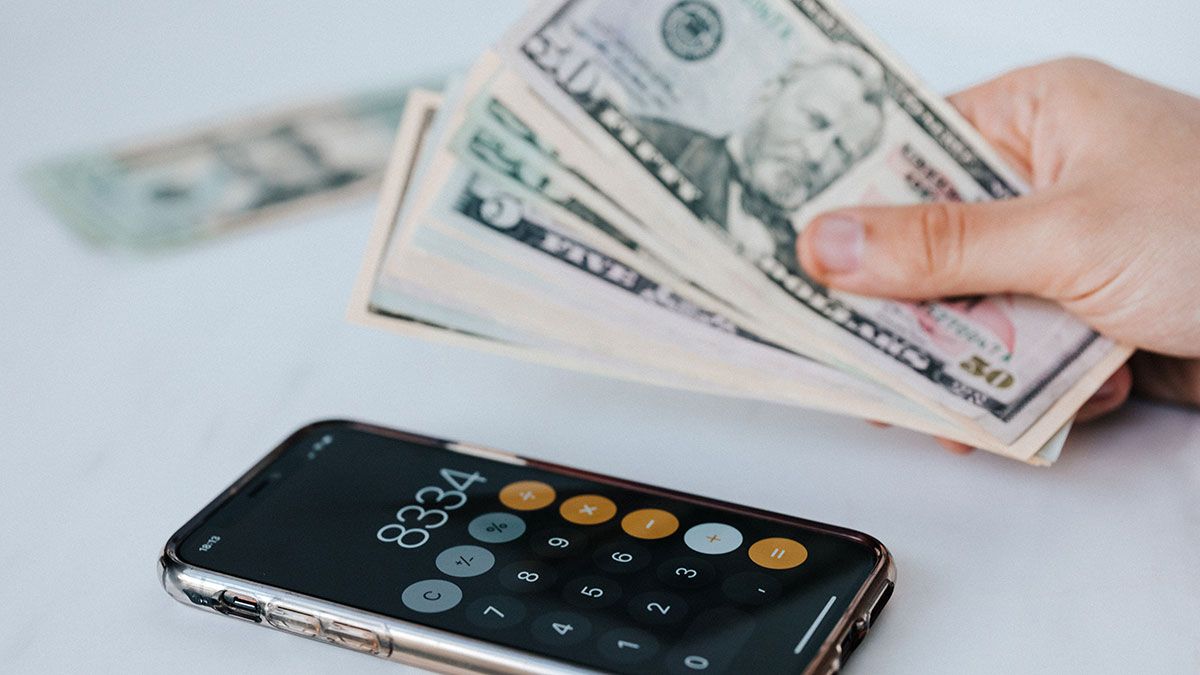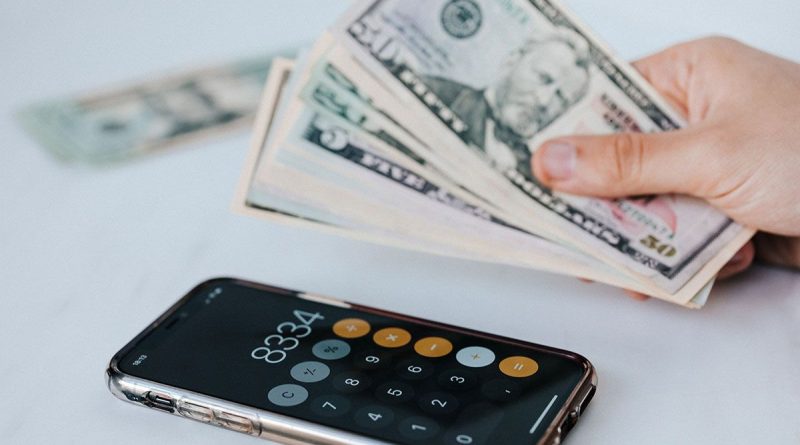Can the IRS seize second stimulus check for tax debt? | The State

Calculating the “Refund Recovery Credit” may reduce the amount of your stimulus check.
Photo:
Karolina Grabowska / Pexels
The Internal Revenue Service (IRS) could seize part or all of the stimulus check in cases in which beneficiaries have some tax debt and request payment through a tax credit in the upcoming filing season.
The agency has encouraged potential recipients who miss the second $ 600 stimulus check, as well as those who did not receive the first $ 1,200 check to claim it as a “Refund Recovery Credit”.
The first law (CARES) under which stimulus checks were distributed allowed the seizure of the payment in cases in which the beneficiary charged with support debts to redirect funds to the pension obligation.
Under the second legislation passed in December in the federal Congress, this provision was eliminated, so that the agencies in charge are not authorized to confiscate even the money for the aforementioned debt.
“Refund Recovery Credit”
But, the picture is complicated when we enter to discuss “Refund Recovery Credit”.
This is a tax credit against your 2020 income tax. “Generally, this credit will either increase the amount of your tax refund or decrease the amount of tax you owe,” the IRS website states.
The credit is prepaid through the two payment rounds, in 2020 and early 2021, by the first and second stimulus check, respectively.
When you go to claim the stimulus payment or payments that the government has not disbursed to you, the IRS will calculate the money you are entitled to based on your general tax return, including outstanding debt.
This means that if you are legally eligible for the second $ 600 stimulus check, but you owe the IRS $ 500, you could receive a $ 100 payment.
At the moment, the “Refund Recovery Credit” is the only alternative that the IRS is pushing for Americans eligible for payments to claim money that has not reached them; even if they are people who are not required to file low income taxes.
The other option is to request a “payment follow-up,” but the above only applies to aid recipients who are notified by the IRS online system that their payment was processed or who received a letter in the mail stating confirms that the aid was sent.
.




